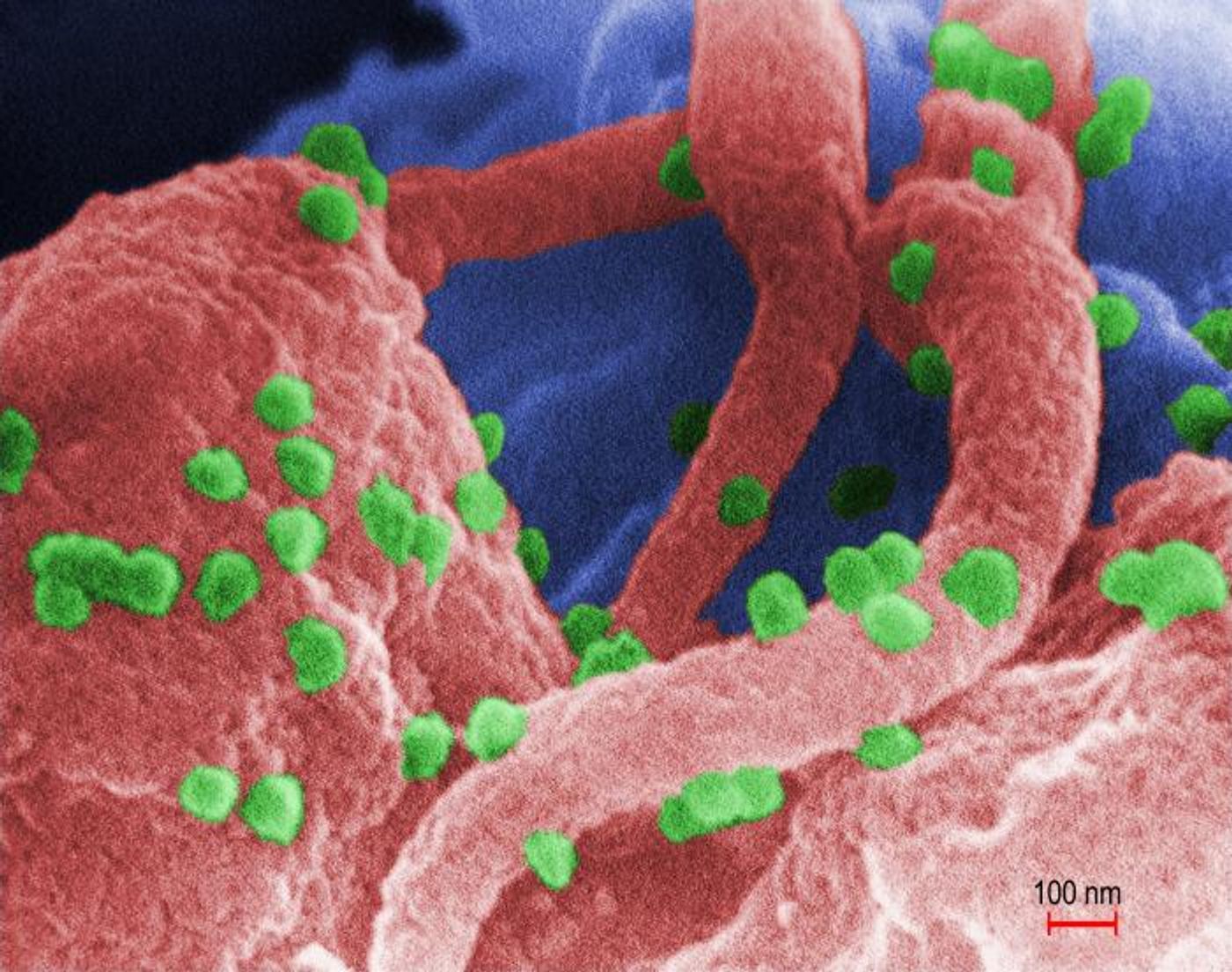New Insight Into HIV Opens Path to Better Therapeutics
The human immunodeficiency virus (HIV) has killed an estimated 32 million people, and around 37.9 million people are currently infected, according to the World Health Organization. While there are good treatments for the infection, not everyone can access them and it continues to pose a serious public health threat. Now scientists have made a breakthrough in our understanding of HIV that can aid in the development of powerful new therapies.
When HIV infects a cell, it releases its genetic material inside, and after interacting with host cell proteins, gets integrated into the host cell's genome. Like other genes, an enzyme called an RNA polymerase then uses that DNA sequence to generate RNA. That virus-derived RNA can then be used in one of two ways; it's either used to create viral proteins or packaged to go infect other cells. Reporting in Science, the researchers found that a small modification determines the fate of the molecule.
"This functional diversity is essential for the virus to replicate in the body. The virus has to have a proper balance between the two forms of RNA," said the lead study author Joshua Brown. "For decades, the scientific community has known that two different structural forms of HIV RNA exist--they just didn't know what controls that balance. We've discovered that a single nucleotide is having a huge effect, which is a paradigm shift in understanding how HIV works."
This one nucleotide makes an attractive target for therapeutics, he explained. "You can imagine that if you could come up with a drug that would target the genetic code at that one specific spot, and shift it to one form only, then it could prevent further infection, theoretically," said Brown.
"One of the things we're working on now is testing different molecules that could shift the equilibrium between the two forms so that it could potentially be used as a treatment for HIV," says study co-author and UMBC student Issac Chaudry.
This research was conducted in the lab of HIV researcher Michael Summers, Robert E. Meyerhoff Chair for Excellence in Research and Mentoring and Distinguished University Professor at UMBC.
"Drug discovery isn't the direction that the Summers lab usually goes, but this was such an impactful finding in a very attractive area, we took the initiative to start looking into it," Brown said. "But we're still in the very early stages."
Current HIV treatments have to target different aspects of the HIV replication cycle since the virus mutates so quickly. If one drug in a cocktail becomes less effective because of a viral mutation, there are other drugs that maintain the effectiveness of the regimen. But those drugs can have side effects, and are not useful for everyone. A single drug targeting an area that doesn't mutate often might be useful on its own, and the virus may potentially be less likely to evolve a resistance mechanism.
The researchers are hopeful that their efforts will inspire others. "We're very interested to see how other labs will interpret our results, expand upon them, and possibly find other applications for this type of RNA function," Brown said.
While it's been a long road, scientists have made tremendous progress in our understanding of HIV, how to stop it from spreading and how to treat it. Every new discovery gets us a little closer to ending the scourge of the virus.
"Every time we get a new drug in HIV, we exponentially improve the chances of individuals finding a drug that works for them, where resistance is a little less likely," said study co-author Hannah Carter, UMBC graduate that's now an M.D./Ph.D. candidate at the University of Michigan. "Every time a new drug can get on the scene, that's a significant improvement for the lives of HIV patients."
This work may also help us fight other viruses as well. "Some HIV research has laid the groundwork in how we understand coronaviruses," Carter noted. "All basic science in HIV ends up having a ripple effect throughout all of virology."
"The idea that a single nucleotide difference is changing the structure and function of RNA that is thousands of nucleotides long could open up a whole new aspect of cell biology," Chaudry added. "It could be possible that there are mammalian genes that operate in a similar manner, and the entire mechanism might be something that's applicable to other human genes as well. I think that whole paradigm could provide a new perspective for RNA biology."
Sources: AAAS/Eurekalert! via University of Maryland Baltimore County, Science










